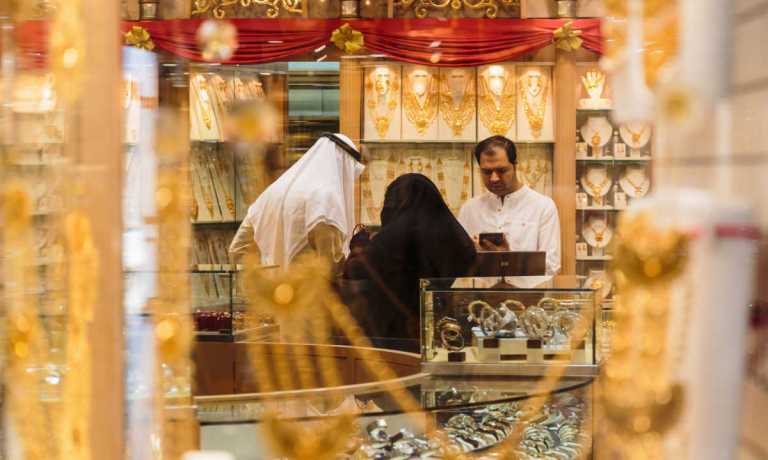
For the second year in a row, the UAE has topped PYMNTS’ Global Digital Shopping Index.
The findings of the 2023 Global Digital Shopping Index, a PYMNTS and Cybersource collaboration, show that consumers in the United Arab Emirates (UAE) — compared to those in the U.S., U.K., Brazil, Mexico and India — experienced the least friction when shopping and paying for grocery and retail products.
As measured across 34 digital capabilities merchants offer to customers, UAE merchants’ Global Digital Shopping Index (GDSI) score in 2022 was 124.4, up from 112 in 2021 — both representing the highest scores recorded each year. This increase, per the report, means that “their shoppers were 11% more satisfied in 2022 than they were just one year earlier.”
This further widens the gap between the UAE and the U.K., for example, where the average amount of friction consumers experienced remained somewhat stagnant between 2021 and 2022, from 79.7 to 79.9.
But while the UAE scored highly on the index, it doesn’t necessarily translate into the country’s consumers being exceptionally digitally minded. In fact, most Emirati consumers surveyed fall into the “digital mainstream” category, one of three personas identified in the study.
The digital mainstream persona describes consumers who use digital tools to assist with some aspects of their shopping experience but tend to stick to a limited range of the most popular features.
Meanwhile, digital enthusiasts are the most open to digital shopping tools. PYMNTS found this group is most likely to engage with novel features such as buy now, pay later (BNPL), voice-enabled shopping and buy online, pick up in-store (BOPIS).
Digital minimalists, on the other hand, use fewer digital shopping features than any other persona group and primarily engage digitally with the features that correlate to their offline habits, such as coupons, rewards and promotions and payment methods. And according to the report, the UAE is the only country among the six surveyed “where digital minimalist shoppers are more common among Generation X than baby boomers and seniors.”
In all six countries studied, the ability to use their preferred payment method ranked most important in consumers’ perception of friction. After payments, however, different countries showed different priorities.
In the UAE, after payment choice, consumers ranked ease of online navigation, presence of a mobile app or mobile-specific site, availability of product details and the ability to make a purchase for pickup or delivery via mobile app as the most important factors.
Considering the payment methods UAE shoppers turn to in-store, 2022 saw a dramatic switch to contactless. In fact, contactless credit and debit cards accounted for just 4.5% and 3.5% of in-store transactions in 2021, respectively. A year later, however, those figures have surged to 24.2% and 25.3%.
Digital wallets have also grown in popularity as a means of paying in stores, growing from 6% to 13.7%.
When it comes to online purchases, however, the opposite trend can be observed, with digital wallet usage declining from 32.7% to 20.3%.
The online payment methods that grew in popularity include prepaid/gift cards, merchant apps and debit cards. In 2022, the latter overtook credit cards as UAE shoppers’ favorite online payment method and accounted for 38.9% of transactions, up from 28.3% the previous year.
The data indicate that although Emirati consumers have no fixed preference for payment methods, which have changed markedly in the last year, they value the ability to choose. As such, merchants’ ability to adapt to the UAE’s rapidly digitizing economy is paramount to their consumer appeal.
To support the country’s dynamic payment market, public and private sector stakeholders are working together to build new payment solutions such as the Instant Payment Platform (IPP) slated for a launch in the first quarter of 2023.
For all PYMNTS EMEA coverage, subscribe to the daily EMEA Newsletter.